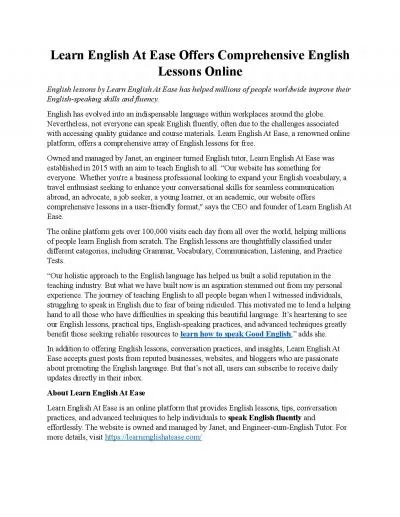PPT-Stage 2 English 2017
Author : mitsue-stanley | Published Date : 2019-11-29
Stage 2 English 2017 1000 word essay How does Director Sean Penn of 2007 film Into The Wild explore the idea of freedom and independence isolation and loneliness
Presentation Embed Code
Download Presentation
Download Presentation The PPT/PDF document "Stage 2 English 2017" is the property of its rightful owner. Permission is granted to download and print the materials on this website for personal, non-commercial use only, and to display it on your personal computer provided you do not modify the materials and that you retain all copyright notices contained in the materials. By downloading content from our website, you accept the terms of this agreement.
Stage 2 English 2017: Transcript
Download Rules Of Document
"Stage 2 English 2017"The content belongs to its owner. You may download and print it for personal use, without modification, and keep all copyright notices. By downloading, you agree to these terms.
Related Documents

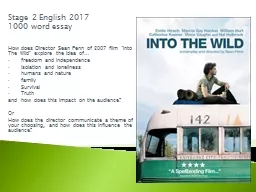
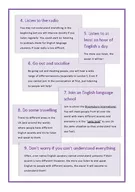
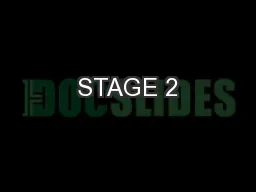
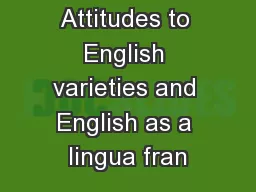
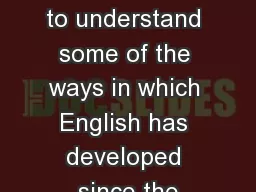

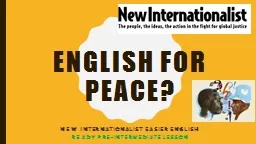

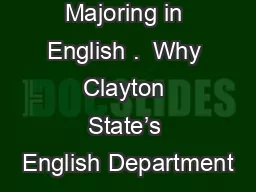

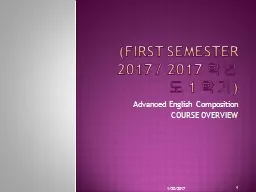
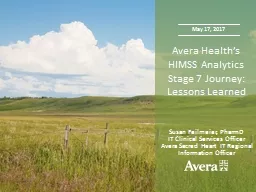
![get [PDF] Download West\'s Spanish English English Spanish Law Dictionary: Translations](https://thumbs.docslides.com/1019677/get-pdf-download-west-s-spanish-english-english-spanish-law-dictionary-translations-of-terms.jpg)
